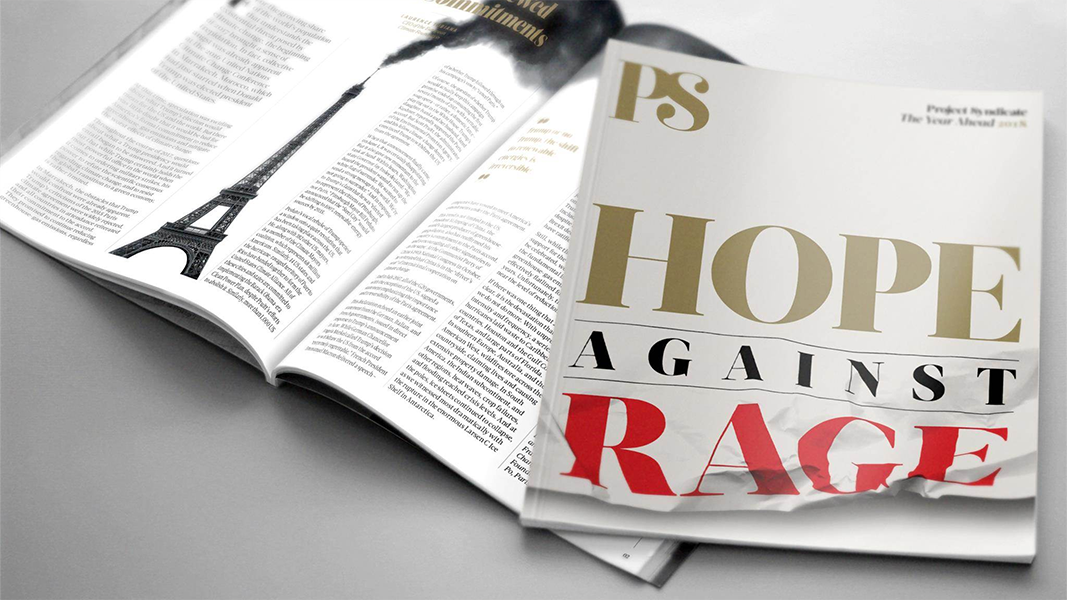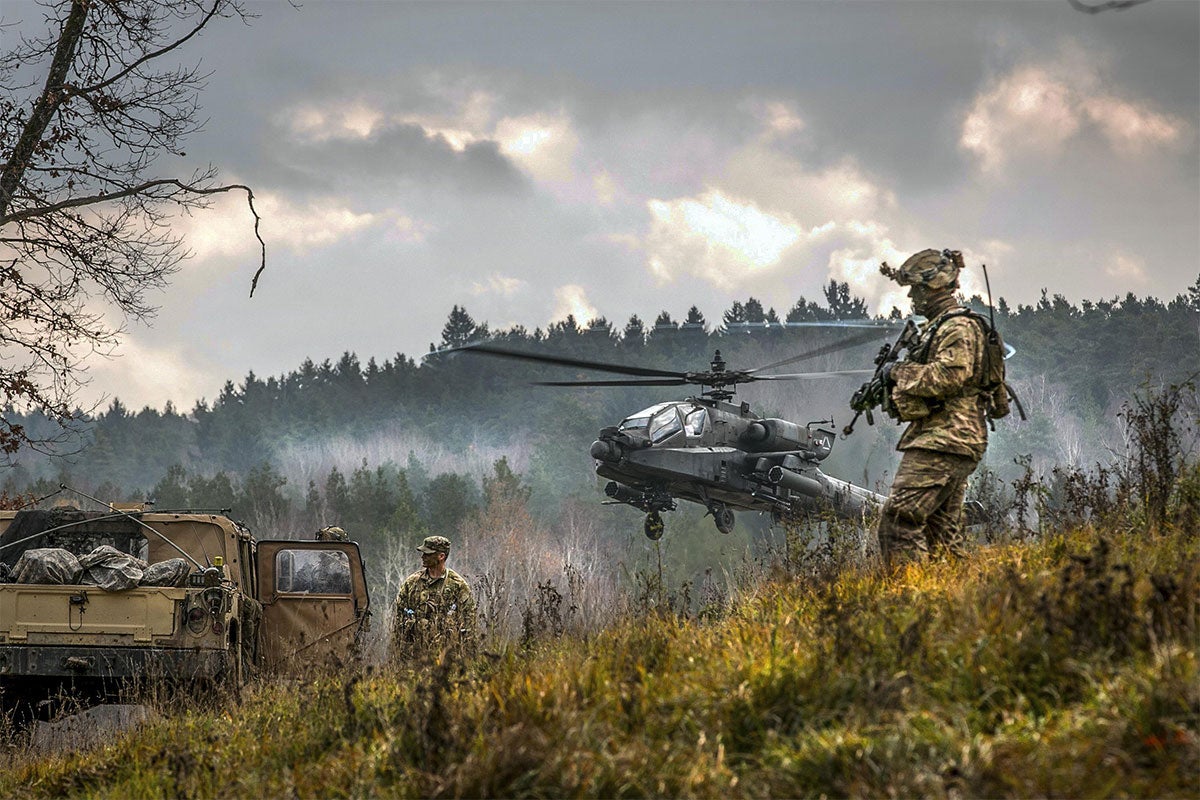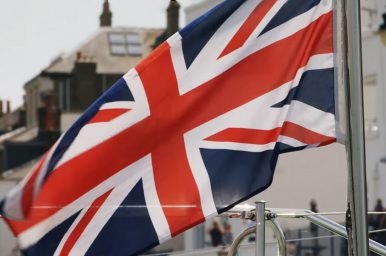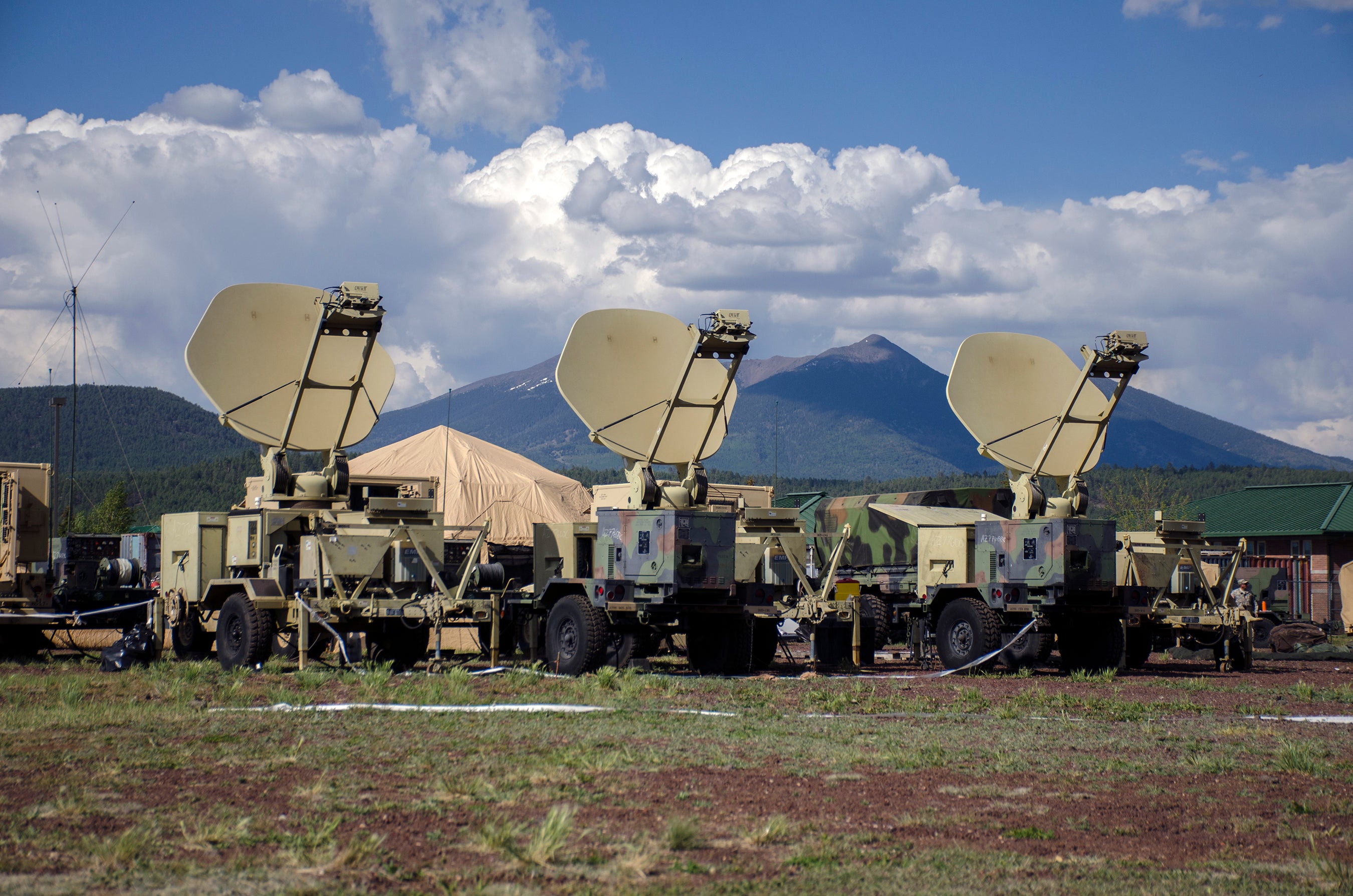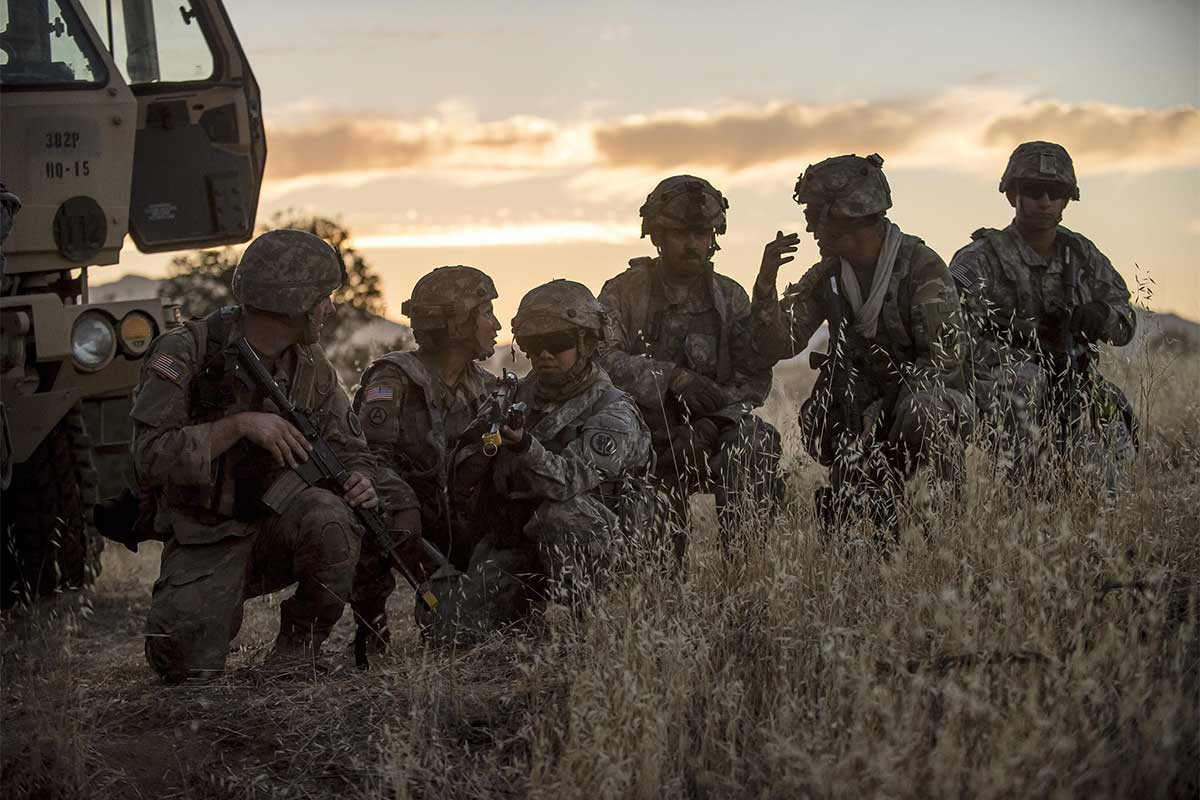The Indian Army’s Role in Nation Building
Part - III
- Maj Gen P K Mallick,VSM (Retd)
Military Diplomacy
Military diplomacy is an important adjunct of diplomacy. The military has earned tremendous good will of armies the world over for their professionalism. Over the recent past, armies of the US, the UK, France, Russia and a host of others have conducted joint training exercises to exchange military tactics and gain from experience of the Indian Armed Forces. In United Nations peace keeping operations the Indian Army has earned much appreciation of the local populations and armies of different countries for their helpful attitude, humane approach and expertise in WHAM operations.
However, whenever the need arose to battle any rogue elements they have resorted to minimum force despite suffering casualties. Examples of their valour are many; the award of the Param Vir Chakra to Captain G S Salaria (posthumously), in Congo for his daredevil action is one such of many others. The military training imparted at the officers' academies and various schools of instruction are most sought after and subscribed by a host of foreign countries. The Indian Military Academy, Dehradun has to date, trained 1397 cadets from over 15 friendly foreign countries. In addition, with our expertise a number of military training academies have been raised in different countries. The professional courses at the Army War College, Defence Services Staff College, Wellington and the National Defence College, New Delhi and other defence institutes are reputed internationally.
We are being wooed by both the US and its allies and China with both sides trying to align us with themselves. In such a situation, military diplomacy, which is an extension of diplomacy by other means, has a crucial role in furthering our national interests. Carrying out joint military training with important players in the arena sends out signals which are most keenly watched and interpreted by the others. While we are keen to stay non aligned and preserve our autonomous decision making capability, it should not stop us from assuming the mantle of leadership in protecting common regional interests. Drug trafficking, piracy, protection of global commons and disaster relief are areas wherein the smaller nations of the region are hoping that India will take the lead. Our contribution to UN peacekeeping operations has enhanced our image in the eyes of the world. In all the peacekeeping missions across the globe, our military has acquitted itself admirably, resulting in greater demand for Indian troops wherever trouble has erupted lately and the UN decides to send its troops. Indian forces are seen as firm, fair, just and balanced in their approach, thus enhancing the image of the Country.
National Integration
There are few countries in the world that can boast of the kind of cultural, religious, regional, ethnic, linguistic, historical, economic and social diversity that is the hallmark of India. Every few miles one notices a change in topography associated with a change in dialect, custom and lifestyle. Throughout history, India has been known for being exposed to and for being able to assimilate within itself a plethora of socio-cultural impulses.
Right from its inception, primarily in the form of British forces, the Indian army has been a symbol of multiculturalism and pluralism beautifully held together by the bonds of camaraderie in times of danger and an inherent discipline that flows from the highest to the lowest echelons. They have been known to safeguard the life and honour of people who are neither their kith nor their kin. Those that they protect they love not, those that they fight they hate not, yet they perform their duty without question, without complaint. In the line of their duty, they stand together with people who come from a variety of social, cultural, economic and ideological backgrounds, yet they come across as one uniform force with the singular aim of standing on sentinel duty to protect the integrity of their motherland.
The structure, the placement and the movement of the forces within the country ensures that the pan Indian identity within the forces is promoted and the regional identities are subdued albeit in a positive manner. The stationing of forces from the South in the rigorous terrain of Jammu and Kashmir, for instance, exposes them to the culture of the beautiful State. The help and service that they render to the people of the region endears them to the local populace who in turn become more accepting of people from other regions. All this promotes national integration.
The soldier of the Indian army is taught to respect the sentiments and traditions of all religions and regions of the country. No matter what part of the country the soldiers are posted to, they have no problems whatsoever in adapting to their local customs and traditions. This ability is also exhibited during the routine practice of the “Mandir Parade” wherein rituals of all religions are practiced and observed under the guidance of trained religious teachers. Promotion of national integration among the people of the country is one of the primary aims of the Indian Army since peace and development within the country is also a mandate given to the security forces.
The Sainik Schools that have been opened all over the country and activities carried out under the ambit of the National Cadet Corps, bring young boys and girls of different parts of the country together on a single platform in a fairly cohesive manner. The experience gained and the exposure received by the youth in the course of such activities opens their minds to new vistas and possibilities; it also instills in them pride for their country, its ideology and its achievements. Their horizons are broadened and they view themselves as citizens of a strong Nation rather than a small peripheral state or an obscure village. The Indian army thus serves as a vehicle for the promotion of national integration among the people of the country at large.
Conclusion
Chanakya told the Emperor of Magadh:
“The Mauryan soldier is the very basis, the silent and barely visible cornerstone, of our fame, culture, physical well-being and prosperity; in short, of the entire nation building activity.”
It is apparent that the military’s role in nation building is inherent in the fulfillment of its primary function. The spin offs from the role are many and varied with a fairly extensive coverage. The Army has always in the past and also in the future will continue to play a pivotal role in the Nation Building and for that it must emerge as a national symbol that represents the nation's unique characteristic which is “Unity in Diversity”. The military virtues of sacrifice, loyalty and discipline have always remained and must serve as objects of veneration for the rest of the nation.
The Army has and will continue to remain a steadfast partner in nation building with contribution in the spheres of security, infrastructural development, disaster management, aid to civil authorities, ecology and education.

